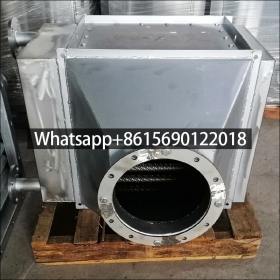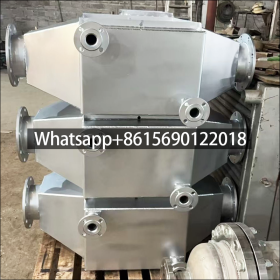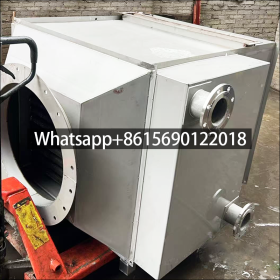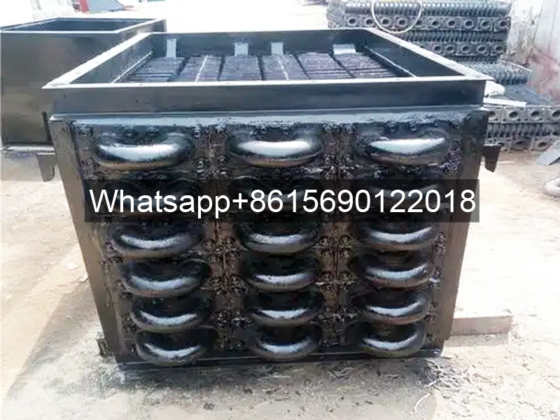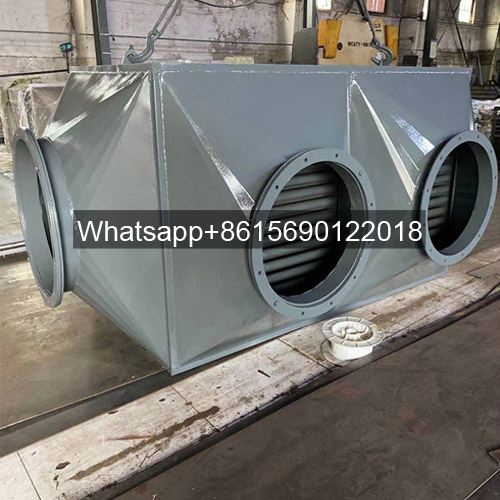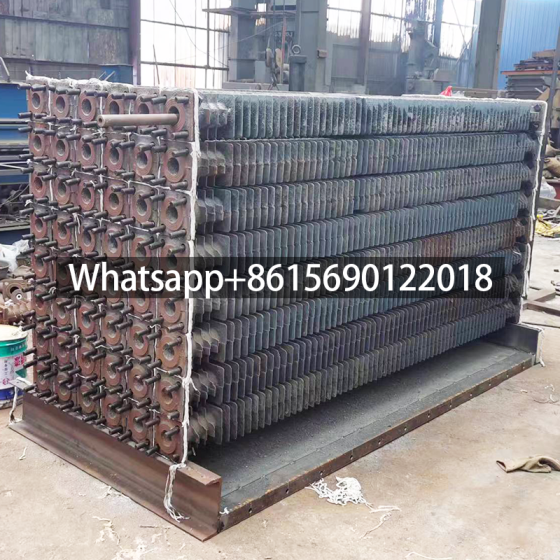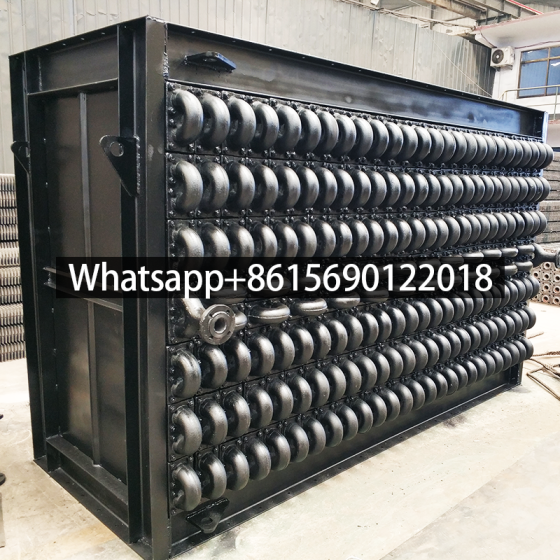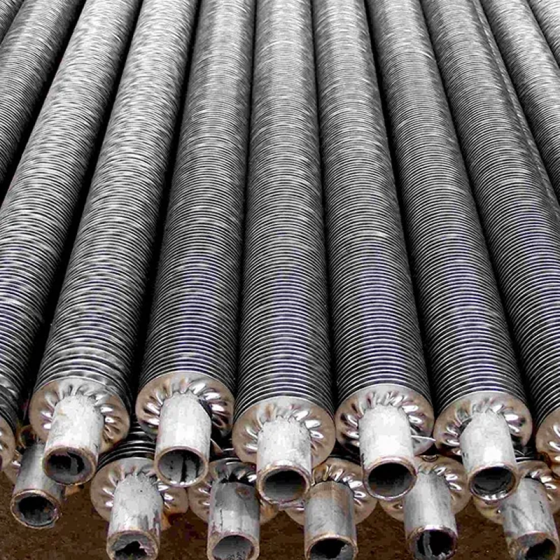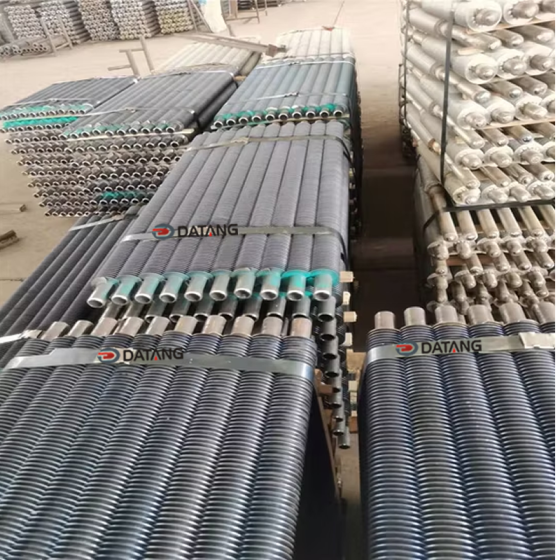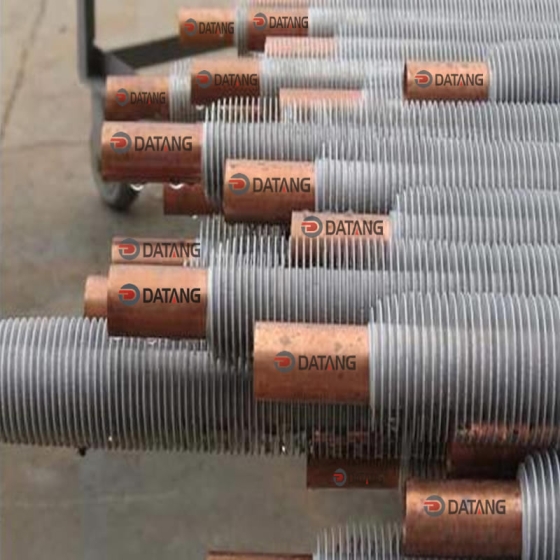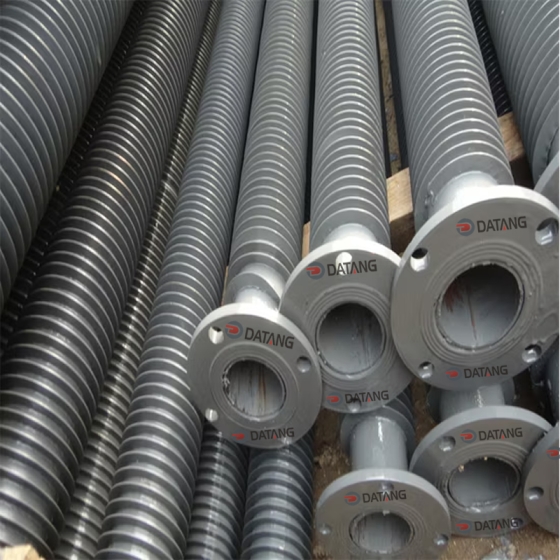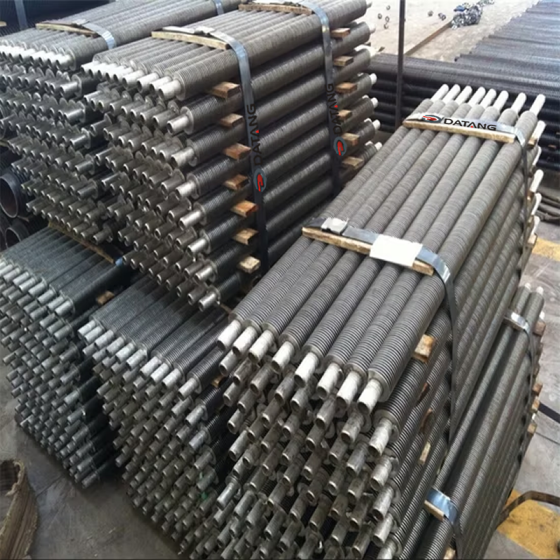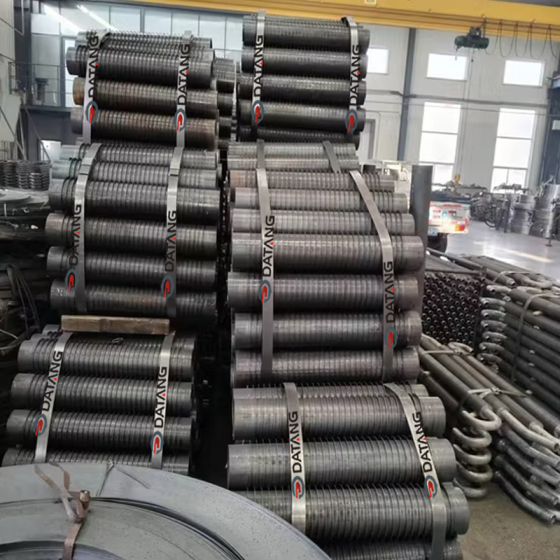Application of Steam Heaters in Hot Air Recirculation Drying Systems
Introduction
Steam heaters play a crucial role in industrial drying systems, particularly in hot air recirculation drying setups. By utilizing steam as a heat source, these systems achieve high thermal efficiency, uniform temperature distribution, and reduced energy consumption. This article explores the working principles, advantages, and industrial applications of steam heaters in hot air recirculation drying systems.
The application of steam heaters in hot air circulation drying systems is mainly reflected in their efficient heat exchange performance and energy-saving and environmentally friendly characteristics.
Steam heaters usually use steel-aluminum composite finned tubes as heat exchange elements. This composite process makes the thermal resistance almost zero when the temperature in the tube is below 210 degrees, and the heat transfer performance is excellent.
The steam heater combines the pressure resistance of steel pipes and the high thermal conductivity of aluminum, with excellent heat transfer performance. At the same time, it avoids direct contact between steel pipes and air, and the anti-corrosion performance is also effectively improved.
Working Principle
The working principle of the steam heater is to use high-efficiency finned tubes as heat transfer elements to exchange heat with air through steam or other fluids (such as heat transfer oil, water, etc.). After the steam condenses in the finned tube, it flows back to the supercooling zone through the gas-liquid separator and exchanges heat again, thereby achieving the purpose of heating the air. This design makes the steam heater have the advantages of not easy to accumulate water, easy to clean, compact structure, and large unit heat transfer area.
The steam heater operates by transferring heat from high-pressure steam to air through a heat exchanger. The heated air is then circulated within the drying chamber, ensuring consistent temperature and moisture removal. Key components include:
- Steam Supply System – Provides saturated or superheated steam.
- Wärmetauscher – Typically finned-tube or plate-type for efficient heat transfer.
- Air Circulation Fans – Facilitate uniform airflow.
- Control System – Regulates steam flow and air temperature for optimal drying conditions.
Advantages
- Energy Efficiency – Steam heating offers high thermal efficiency due to the latent heat of vaporization.
- Uniform Heating – Ensures even drying, reducing product defects.
- Environmental Benefits – Lower carbon footprint compared to electric or gas heating.
- Cost-Effectiveness – Reduced operational costs in industries with existing steam infrastructure.
Industrial Applications
- Food Processing – Drying fruits, vegetables, and grains.
- Pharmaceuticals – Dehydration of medicinal herbs and powders.
- Textiles – Fabric drying and conditioning.
- Paper Manufacturing – Moisture control in paper production.
Specific application scenarios and advantages
Textile printing and dyeing: After a well-known home textile company adopted a steam drying room, the shrinkage rate of bedding was significantly reduced, the color fastness was improved, and the differentiated drying problem of polyester-cotton blended materials was solved.
Automobile manufacturing: The steam drying room equipped with the battery shell coating line of new energy vehicles can achieve precise temperature control, shorten the curing time of electrophoretic paint, and increase production capacity.
Chinese herbal medicine processing: Low-temperature steam drying room shortens the drying cycle of Chinese herbal medicines and improves the retention rate of effective ingredients.
Specialty paper production: The three-dimensional air supply system of the steam drying room ensures that the moisture content deviation of the paper is controlled within a very small range.
Application of steam heater in hot air circulation drying system
When the drying medium temperature is about 150℃, fin steam heater is often used. It is divided into more than 30 series of products, including SRZ type (steel tube around steel sheet) and SRL type (steel aluminum composite fin).
The fin spacing is 2.5-5mm, the heat transfer performance is good, and the resistance is not large. However, after long-term operation, the scale between the fins needs to be cleaned. A filter can be set at the air inlet end, or flushed with a high-pressure water gun. The fin heater and the circulating fan are installed in the dryer box.
Saturated steam is introduced into the tube of the fin steam heater, and the steam condensation heat transfer coefficient is very large [700-1200w/(m2.K)], so the total heat transfer coefficient is mainly controlled by the air side outside the tube.
The total heat transfer coefficient can be obtained by using a chart drawn by empirical data based on the geometric dimensions of the fin tube, the average air temperature, the equivalent diameter of the fin tube, and the mass flow rate of air flowing through the small cross-section of the tube bundle. When data is lacking, 25-30Kcal/m2.℃ is usually taken. When the drying medium temperature is around 250℃, a heat transfer oil heating device installed in the dryer box can be used.
Compared with steam, heat transfer oil has a higher temperature, but lower pressure and a smaller convection heat transfer coefficient, requiring a heat exchanger with a larger heat transfer area.
In the hot air circulation drying system, the steam heater is often used together with solenoid valves, temperature control, digital display, steam traps, etc. for temperature control.
Conclusion
Steam heaters in hot air recirculation drying systems provide an efficient, reliable, and sustainable solution for industrial drying needs. Future advancements may focus on smart control systems and hybrid energy integration to further enhance performance.
How to customize air heat exchangers ?
1, Provide us completely drawing and we produce according to your drawing.
|
Air heat exchnager ( Steam/heat source to air)
|
|||
|
Heating load
|
KW
|
Flue gas temperature drop
|
℃
|
|
Flue gas flow
|
m3/h
|
Cooling water temperature rise
|
℃
|
|
Cooling flow
|
m3/h
|
||
 dtfinnedtube.com
dtfinnedtube.com


